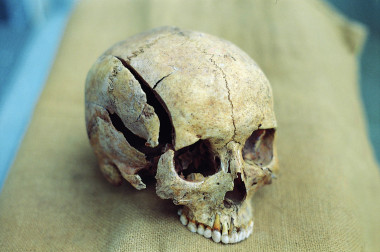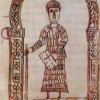Research finds dramatic increase in cranial traumas as the first cities were being built, suggesting a rise in violence
The development of the earliest cities in Mesopotamia and the Middle East led to a substantial increase in violence between inhabitants. Laws, centralized administration, trade and culture then caused the ratio of violent deaths to fall back again in the Early and Middle Bronze Age (3,300 to 1,500 BCE). This is the conclusion of an international team of researchers from the Universities of Tübingen, Barcelona and Warsaw. Their results were published in Nature Human Behaviour.



Add comment